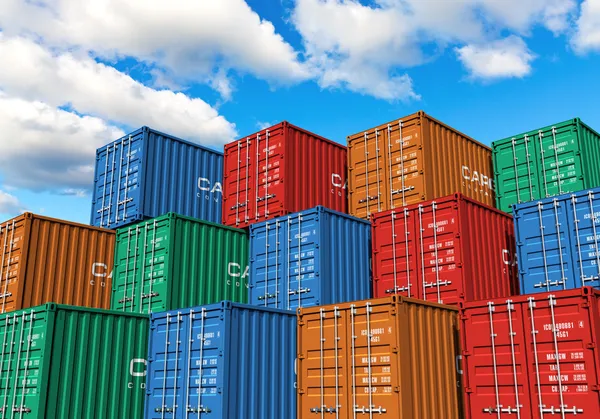Are Low Wages A Competitive Advantage In Trade?
I suspect that the average American assumes that low wage countries have a competitive advantage in international trade. Economists often rebut that argument using Ricardian trade theory. But the public cares little for “theory”, and remains unconvinced. So what about the real world?

There are many ways of looking at this question, but I suspect that many people are especially worried about the trade deficit. So let’s consider the question of whether low wages tend to lead to current account surpluses. Here’s some recent data from The Economist:

Let’s begin by focusing on the top half of the list, from the US down to Switzerland. What do you notice? With the exception of China and (perhaps) Russia, all are developed economies, with wage rates far above the global average. And yet, despite most of those countries having wage rates far above the global average, most run current account surpluses (in grey). Indeed some of the biggest surpluses are in places with the highest wages, such as the Nordic countries and Switzerland.
Now focus on the bottom half of the list, from Turkey down to South Africa. Most of those are developing countries with low wages, and most are running current account deficits (in peach color).
But even that understates the pattern. The bottom half of the list includes six developed economies (the 4 “tiger economies”, Israel and Australia.) And 5 of those 6 are now running current account surpluses. Remove those six developed countries, and the bottom half of the list becomes very strongly associated with current account deficits.
But it’s even worse than that. Most of the “exceptions” that are not fully developed but still run CA surpluses are higher middle-income places, such as Russia, Malaysia, and Argentina. If we use World Bank estimates of GDP per capita (PPP) in 2023, then Thailand ($23,423) is the poorest country with a CA surplus. China is estimated at $24,558. Both are slightly above the world average ($23,010.)
Admittedly, the Economist’s list excludes many of the world’s roughly 200 countries, mostly smaller nations. I suspect that there are a few low-income countries running CA surpluses. Nonetheless, it’s a pretty large sample and includes almost all of the world’s important economies, both developed and developing.
Perhaps you are one of those people that don’t trust economic theory, and prides yourself by looking at how things work in the real world. If so, you should be relieved to learn that low wages do not seem to give countries an unfair advantage in international trade.
So why do so many people believe the opposite? I suspect they put far too much weight on a single observation, the trade deficit that the US has with China. The plural of anecdote is data.
PS. I was being generous to the opposing view in characterizing Russia and Malaysia as middle income. The World Bank has Russia slightly ahead of Greece, and Malaysia only slightly behind.
PPS. I’ll consider fiscal policy on another day, but if you compare the US to other countries on the list, you will see why I worry much more about our budget deficit than our CA deficit. And take a look at the CA balances in the 5 countries that are running budget surpluses. As I keep saying, the Nordics and the East Asians are the world’s great savers.
c
More By This Author:
Are we moving toward fiscal dominance?
An American Economic Miracle?
Why Housing Is Important



